"You can only placate a rebellious population through a military occupation." It is one of the statements made by José Gayà after writing and directing, together with Pau Soler, the documentary come from lluny.
The director talks about his knowledge of the Marina Alta from his studio in Pedreguer and discovers one of the main threads of the documentary: the popular revolts. He does not take long to confirm that his recent work offers a "critical context of the story, it is not the official one".
Something that he sees as an impediment to presenting the documentary at a national level, for example, on public television. “We turn history around and talk about the people below, not just kings. We do not offer a good vision of the Bourbons, that tends to bother and bother a lot ».
The society of the central Valencian regions was considered a rebellious people for fighting against feudalism in Second Germany. An idea that lasted until the War of Succession. It's no secret, as the director says. «When in 1700 the troops entered and devastated DéniaFor example, it has only 112 inhabitants,” says Gayà.
«The knowledge of young people about our history is scarce»
However, it is likely that much of today's Valencian society misses details of its roots like this. Precisely for this, come from lluny born with a didactic idea. So that the population of the Navy knows its origins and does not forget them. A task that Col·lectiu Mirades, the independent audiovisual production company promoting the documentary, has been carrying out for years.
From his collaboration with various educational centers in the Valencian Community, it came to light that "the knowledge that young people have of our history is quite scarce." For this reason, the project also has a series of purely historical chapters on each of the periods covered, which will be available for teaching in institutes.
Although Gayà is not only proud of this. The other look that achieves the climax of the documentary is that of the older women who star in an important part of the film. They are in charge of showing the reality that the region experienced during the Civil War and after it.
«Women have been made invisible and removed from history»
This is how the director takes the opportunity to recall one of the most moving moments of the film's presentation. “Everything was filled. There were about 300 people or more and with the first scene, where the women were introducing themselves, they all suddenly clapped and it was very emotional. They were the stars."
It tells the anecdote lived with Maria González (94 years old), the protagonist of Verger and Dénia, who was in the tunnel of the regional capital during the bombings. It was not certain that she would be able to attend the premiere, however, she showed up an hour and a half before.
"When the movie ended, as the credits rolled, I turned to shake her hand, but she was already up. She came as fast as she could towards me to hug me. It was very nice », she recalls. The female vision come from lluny aims to highlight another part of the silenced history and that its creators seek to uncover.
“What we are trying to do is dignify the minor population sectors, in this case, through popular rebellions and women, who have been made invisible and removed from history. They have always told us about kings but they have not told us about the people from below who are 90% of the people, ”says Gayà convinced.
The towns of the Navy
The premiere in Dénia will not be the only opportunity for the public to soak up its history. The production company has been able to get the documentary off the ground with the support, participation and collaboration of various municipalities. For this reason, Dénia, Gata de Gorgos, Pedreguer, Benissa, Ondara, Teulada, Orba, Xaló, El Poble Nou de Benitatxell, Els Poblets, El Verger and Parcent will have their own specialized short documentary focused on each of them.
Important narratives such as the pottery tradition and the history of clay in Orba; the cultivation of oranges in El Verger as one of the first towns to introduce it; the factories of Can (dry palm leaves) in Gata de Gorgos or furniture in Teulada. All of them will see the light in small premieres in the cooperating localities.

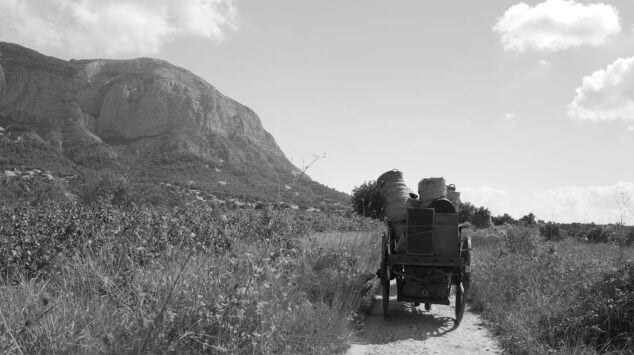
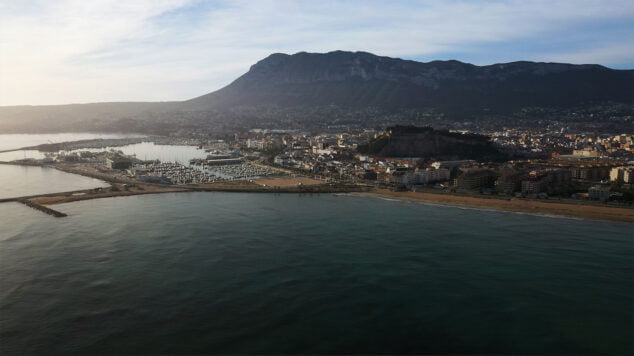
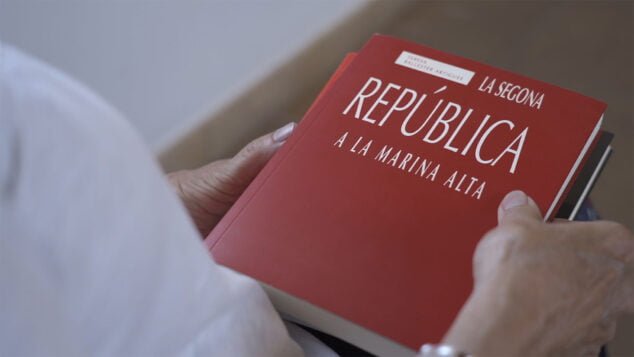
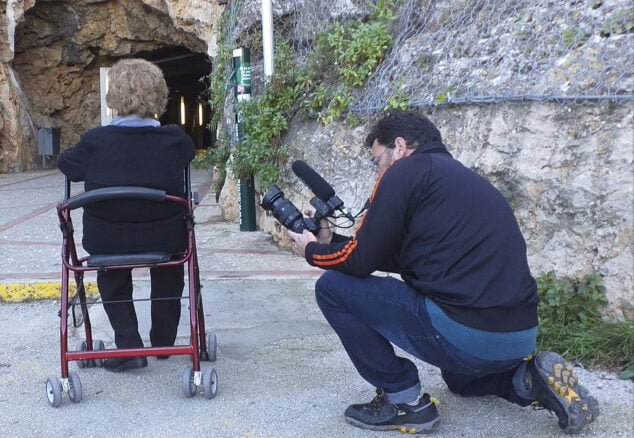
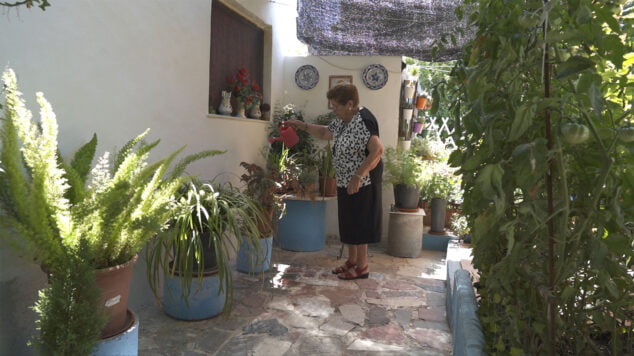
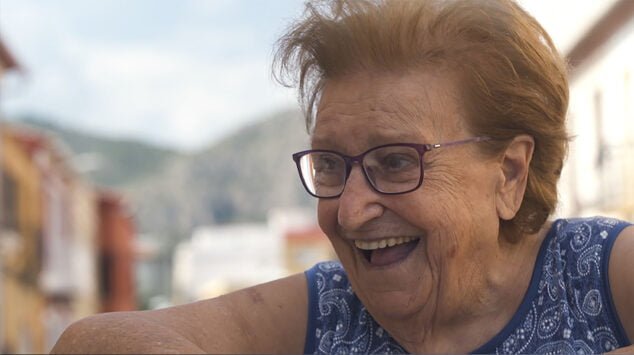
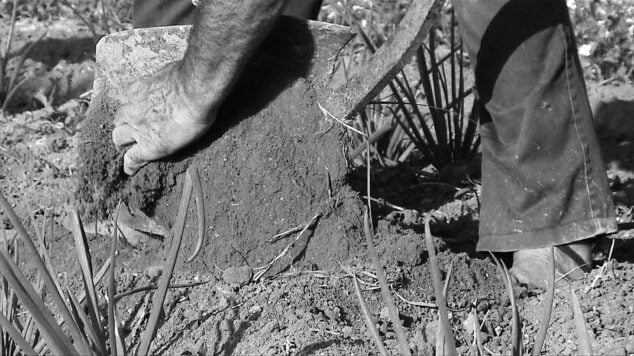
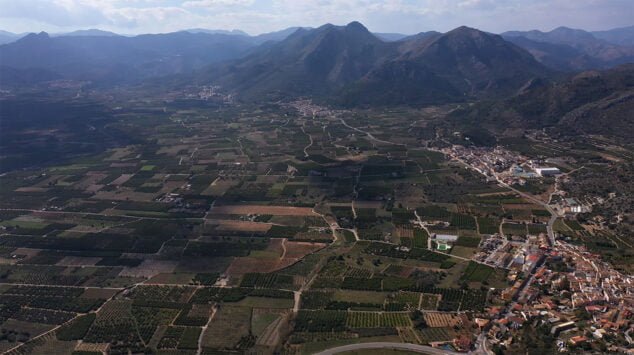


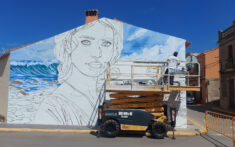



wonderful and instructive work congratulations and makina avant